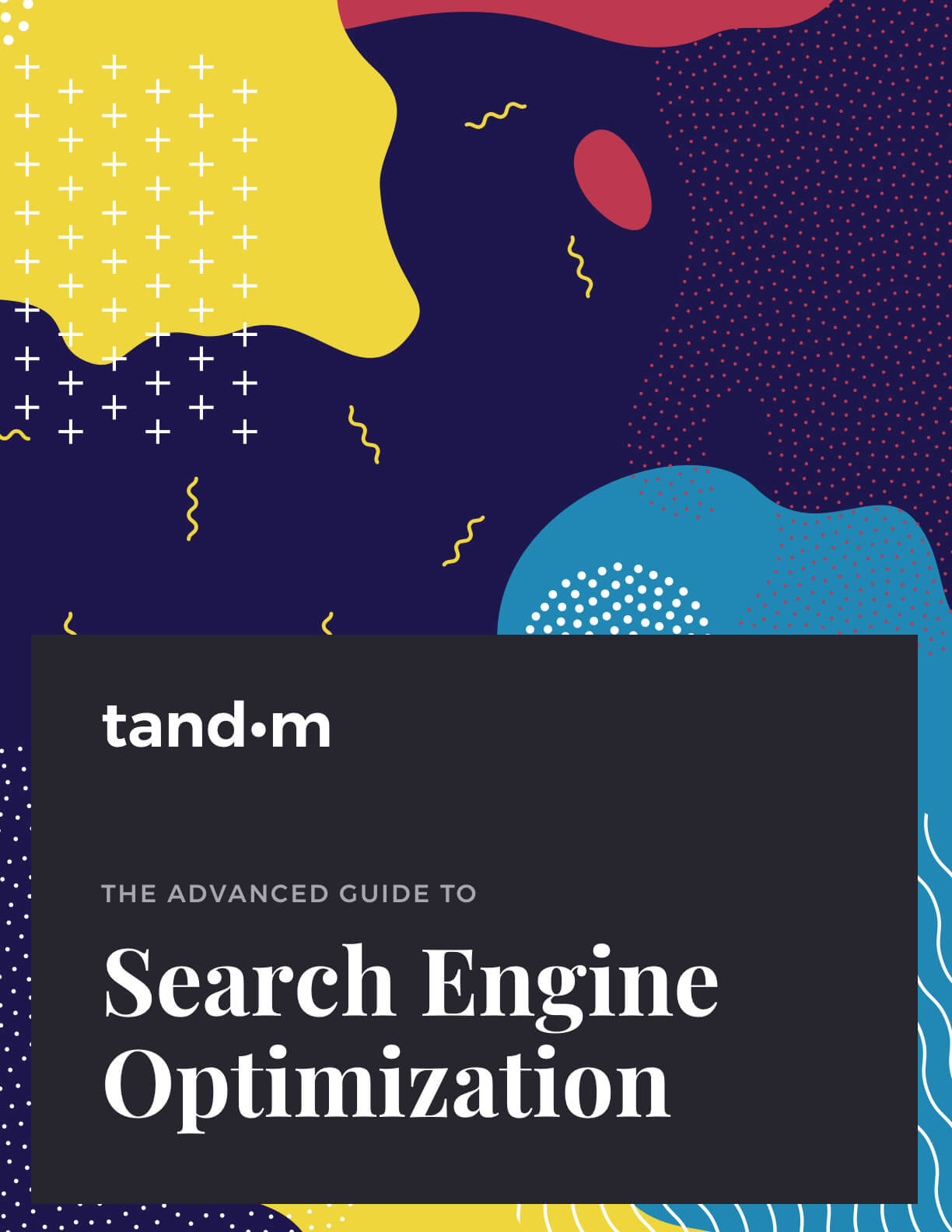1. Site Design Color Overload
Sensory overload is a real thing. It’s that feeling when the whole world comes crashing down on you from every angle. And it comes from sights, sounds, colours, smells. All converging.
But when it comes to website design, stick to using two to three colours. Less is more in the world of design. Pick colours that represent your brand, it’s mission statement, and choose colours that would appeal to your target audience.
2. Stock Photo Fever
You know those images. Have you ever seen someone that happy about eating salads irl? It may surprise you, but your best bet may be to hire a photographer. If you don’t have the capital to do that, you can always find stock photos that don’t have the “stock photo smell.” Try to avoid overly-staged photos; action shots always work better.
3. The Hidden Contact Form
Your website shouldn’t just be pretty– it should be functional too. Forcing users to go through hoops to contact you is a poor use of your investment and not the best representation of your brand. Every website should have a contact page, form, or information that’s easily accessible. If not, you’re likely missing out on some awesome engagement and feedback.
4. No Content
Content is the one way your customers are going to learn anything about your product. If your website features large images, white space, and not much else, you might have a content problem on your hands.
5. Too Many Banners
If you clutter up your site design with banners and graphics, you’ll end up looking a mess. An excessive amount of banners and graphics can create noise and barriers to conversion. Keep in mind that your website is meant to facilitate your growth…not hinder it.
6. Cramped Content
Content should never be crammed together in one massive block of text. Never. Yes, you want a good amount of content on your site, but you’ll also want users to find what they’re looking for quickly and efficiently. Don’t beat around the bush, use headings, and add some bullets to break up the page content.
7. Overly Artistic
Good site design takes elements known to draw people in and arranges them in a pleasing and useful manner. Being too “artistic” about your website design can detract from the user experience. Transitions and animations can be beautiful. Just make sure to use them sparingly and purposefully.
Conclusion
Designing a website doesn’t have to be a complicated science experiment. Simplicity and taste are the mainstays of website design. Do you have any website design horror stories? Let us know in the comments below. And, when in doubt, K.I.S.S.



